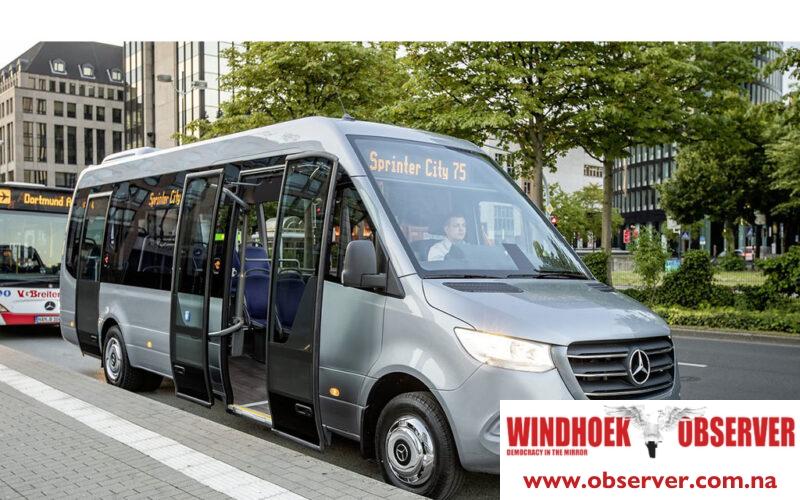CHAMWE KAIRA
Economic indicators in September showed positive trends, including a month of lower interest rates since May 2023, a stronger rand/Namibian dollar, and easing inflation below the 4% mark, Simonis Storm has revealed.
The firm said lower fuel prices further bolstered consumer and business confidence, offering relief to household budgets.
Although the July increases did not continue in August, the commercial vehicles segment has shown a positive trend in recent months, boosted by the mentioned macro factors.
The firm said as the country anticipates further interest rate reductions, the costs of borrowing are expected to decline, which may stimulate economic activity, even though immediate improvements in vehicle affordability may be limited.
“Since the decline in new vehicle sales began in April, expectations are rising that the new vehicle market could see improvement for the remainder of the year due to favourable economic conditions,” the firm said.
Vehicle sales reached 988 units in September, marking a continued decline in the units sold for the past two months. Out of the 988 units sold in September, 978 were sold to dealerships, 10 to rental agencies and none to the government.
Vehicle purchases by rental agencies have significantly declined over the past two months, with sales dropping from 141 units in July to just 10 units in September.
Sales in the commercial vehicle segment, according to Simonis, largely supported the overall vehicle market.
It said that while the third quarter of 2015 held the record for the highest vehicle sales (5200), the third quarter of 2024 saw a total of 3155 units sold, representing a 7.5% decrease compared to the same period last year, which recorded 3411 units sold.
September saw two consecutive months of declining unit sales, with a total of 553 commercial vehicles sold, accounting for 56% of total vehicle sales.
Light commercial vehicles, which accounted for a remarkable 48.8% of all vehicles sold in September, are the primary contributors to the commercial category’s sales.
Simonis said the picture varies across different categories of commercial vehicles. Medium commercial vehicles saw a decline, with only 21 units sold, representing a contraction of 23.5% year on year.
On the other hand, heavy commercial vehicles experienced positive growth of 23% year on year with 16 new units sold.
In contrast, extra-heavy commercial vehicles saw a 12.5% year-over-year contraction, while buses experienced a significant increase of 450%, with 11 units sold in September.
Passenger vehicles, constituting 44% of total vehicle sales, experienced a decrease in September, with 435 new units sold, marking the second consecutive month of decline.
“This reduction in passenger vehicle sales could reflect consumers’ hesitancy due to prevailing future interest rate decisions. Despite these economic challenges, the continued sales activity may still indicate underlying consumer confidence and suggest potential for sustained momentum in the vehicle market as broader economic conditions stabilise or improve,” Simonis said.
The Toyota Hilux maintained its position as the most popular choice, with 255 units sold in September.
In the medium commercial vehicle category, the Mercedes-Benz Sprinter was the leader with seven units sold, while the Hino 500 series led in heavy commercial vehicles.
The Volo FH and the Mercedes-Benz Bus were the most popular extra-heavy commercial vehicles.
For passenger vehicles, the Toyota Fortuner (60) remained a top choice among consumers.
The Toyota Corolla Cross (54) and Polo Vivo (48) came in second and third respectively.




